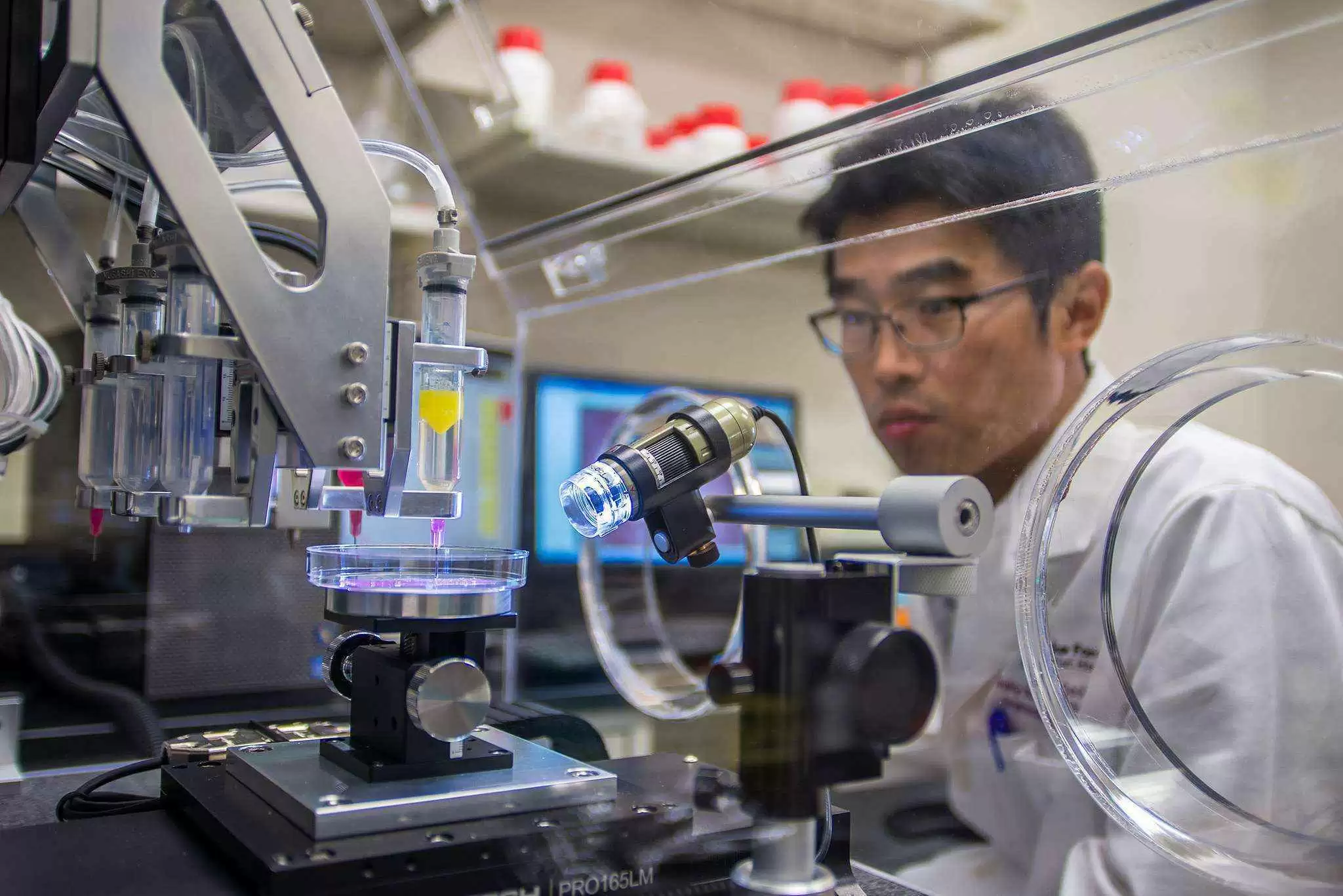
Celiac.com 11/10/2016 - Seronegative villous atrophy (SNVA) is commonly attributed to celiac disease. However, celiac is not the sole cause of SNVA.
Recent reports have pointed to a connection with angiotensin-2-receptor-blockers (A2RBs), but data on such cases of SNVA was limited to centers dealing with complex case referrals, and not SNVA in general.
Celiac.com Sponsor (A12):
A team of researchers recently completed a clinical and phenotypical assessment of SNVA over a 15-year period. The research team included I Aziz, MF Peerally, JH Barnes, V Kandasamy, JC Whiteley, D Partridge, P Vergani, SS Cross, PH Green, DS Sanders. They are variously affiliated with the Academic Department of Gastroenterology, the Department of Microbiology, the Department of Histopathology at the Royal Hallamshire Hospital in Sheffield, UK, and with the Department of Medicine, Columbia University College of Physicians and Surgeons, Celiac Disease Center, New York, New York, USA.
Over a 15-year period (2000-2015) the team assessed 200 adult patients with SNVA. Patients were diagnosed with either seronegative celiac disease (SNCD) or seronegative non-celiac disease (SN-non-celiac disease). The team then made baseline comparisons between the groups, with 343 seropositive celiac disease patients serving as controls.
Of the 200 SNVA cases, SNCD represented 31% (n=62) and SN-non-celiac disease 69% (n=138). The human leucocyte antigen (HLA)-DQ2 and/or DQ8 genotype was present in 61%, with a 51% positive predictive value for SNCD. The breakdown of identifiable causes in the SN-non-celiac disease group comprised infections (27%), inflammatory/immune-mediated disorders (17.5%) and drugs (6.5%; two cases related to A2RBs).
However, the researchers found no obvious cause in 18%, while duodenal histology spontaneously normalized in 72% of SNVA patients, while those patients were consuming a gluten-enriched diet.
Following multivariable logistic regression analysis, the only independent factor associated with SN-non-celiac disease was non-white ethnicity (OR 10.8, 95% CI 2.2 to 52.8); in fact, 66% of non-white patients showed GI infections. On immuno-histochemistry all groups stained positive for CD8-T-cytotoxic intraepithelial lymphocytes. However, additional CD4-T helper intraepithelial lymphocytes were occasionally seen in SN-non-celiac disease mimicking the changes associated with refractory celiac disease.
Most patients with SNVA, especially non-white patients, do not have celiac disease. Furthermore, a subgroup of patients with no obvious cause for their SNVA will show spontaneous histological resolution while consuming gluten. Based on these findings, the researchers encourage doctors to investigate patient condition before prescribing a gluten-free diet.
Source:
- Open Original Shared Link








Recommended Comments
There are no comments to display.